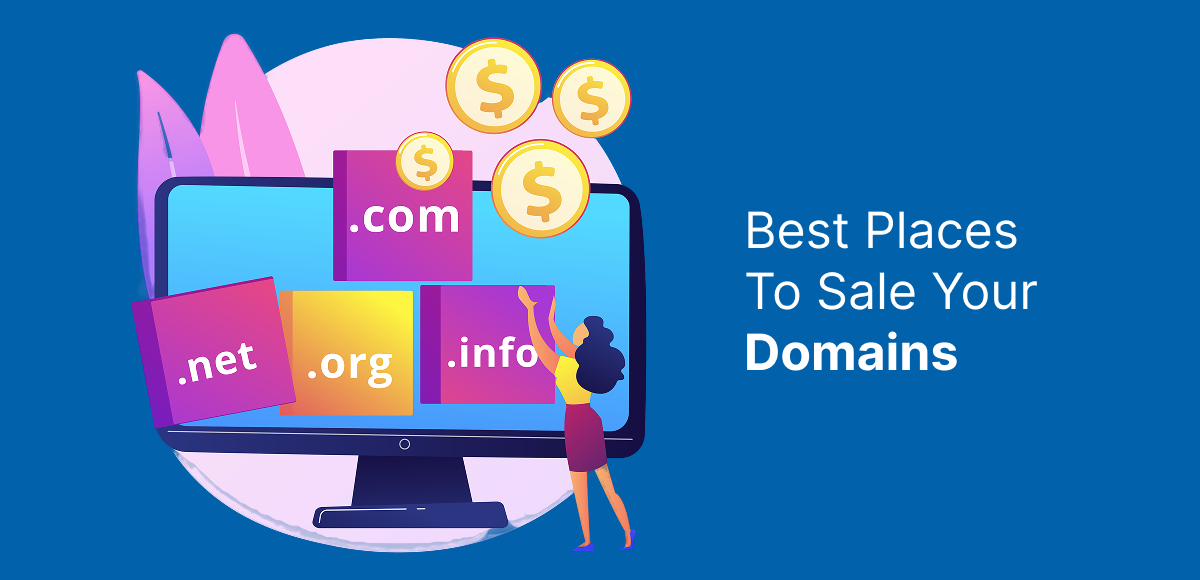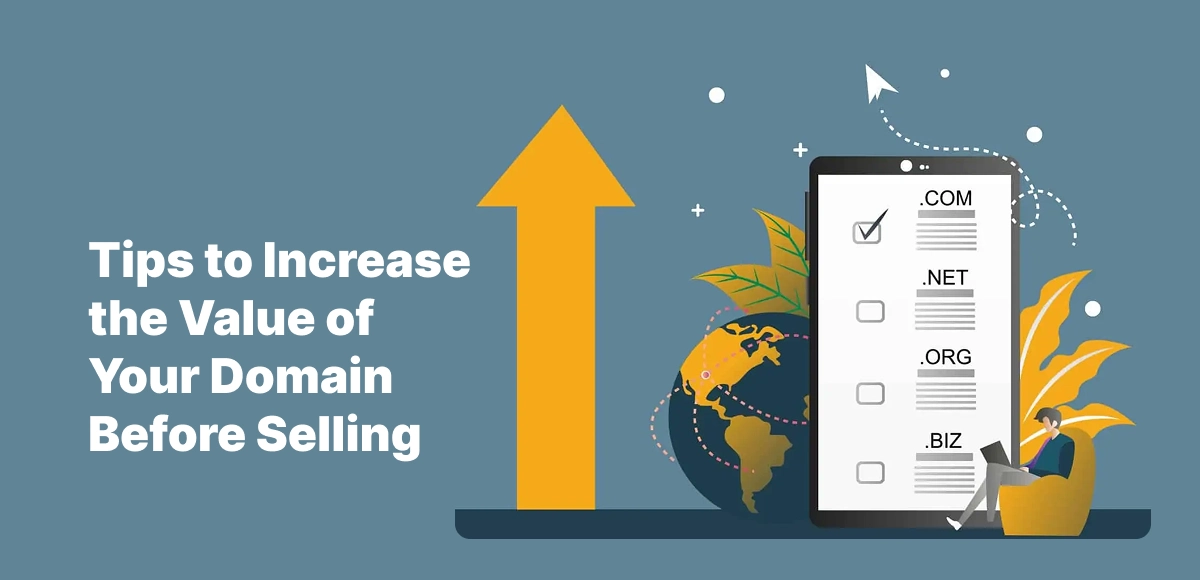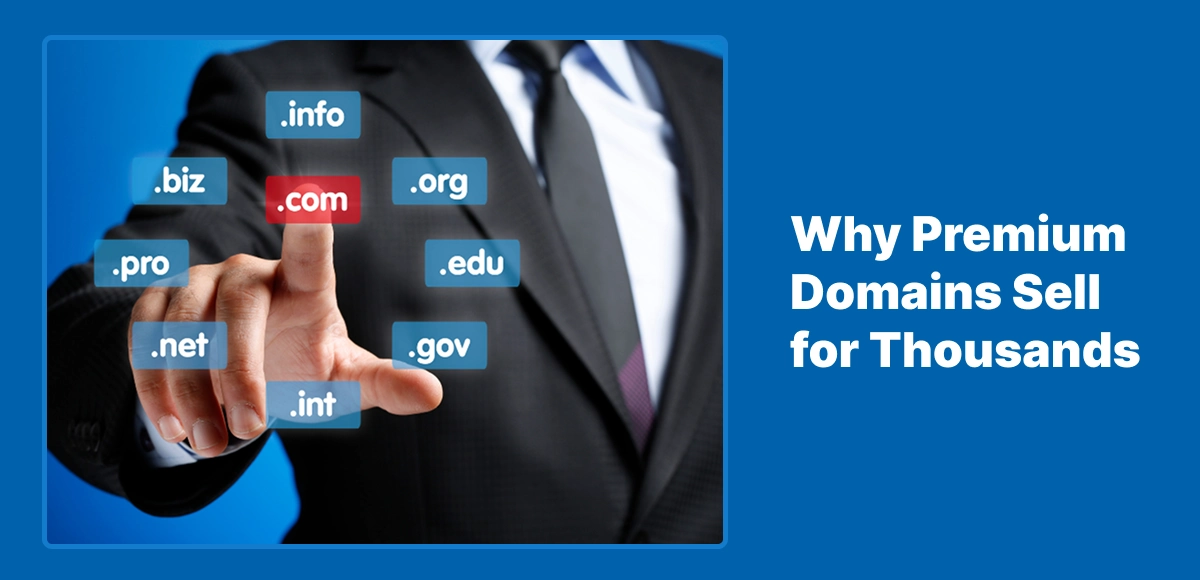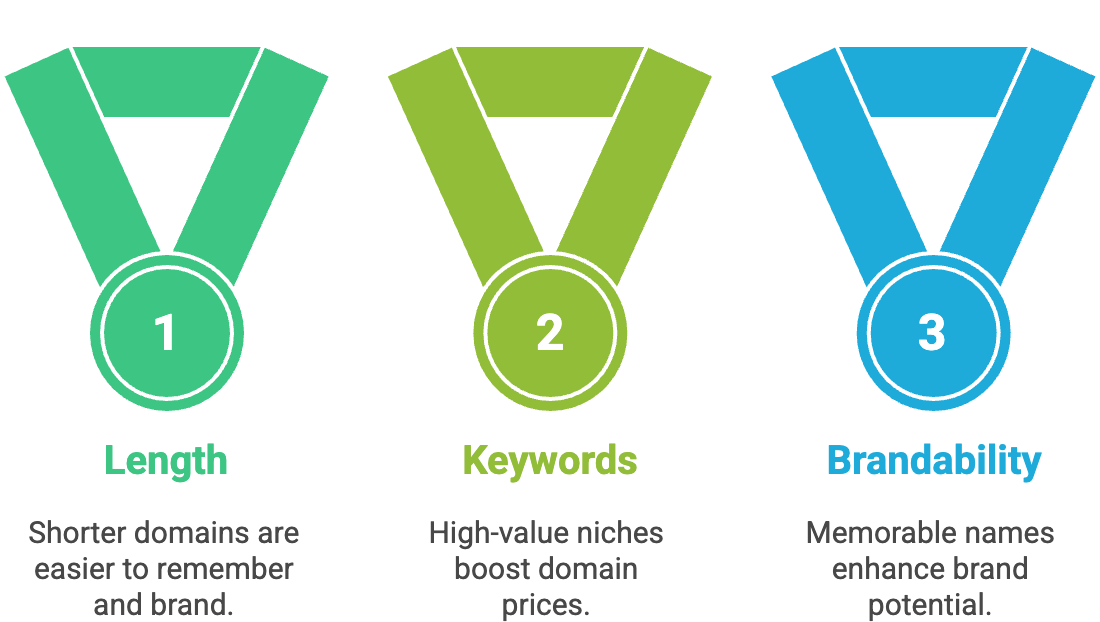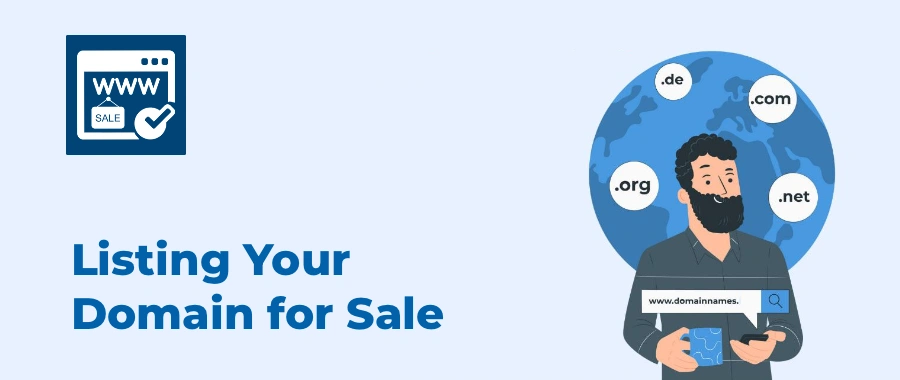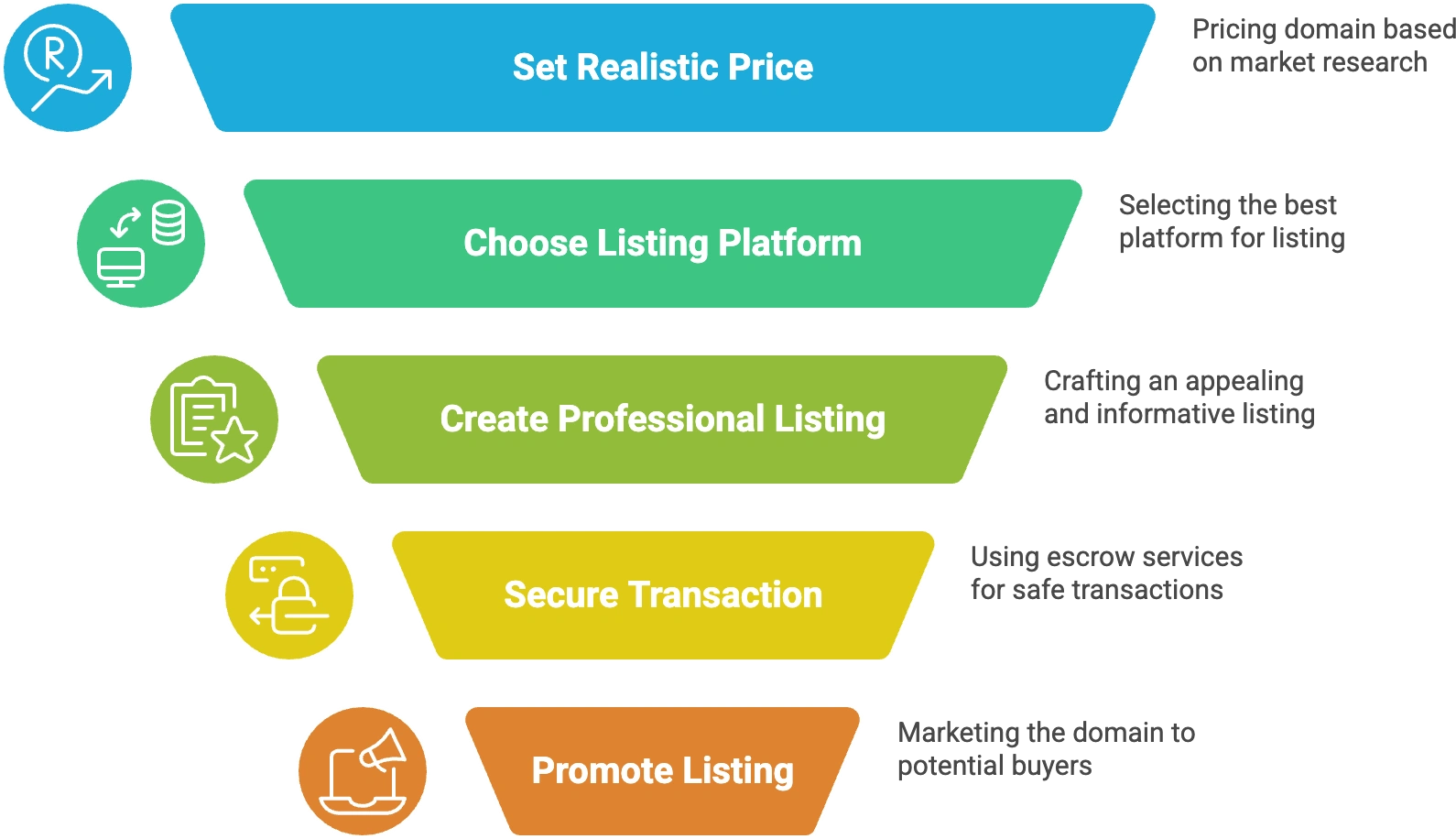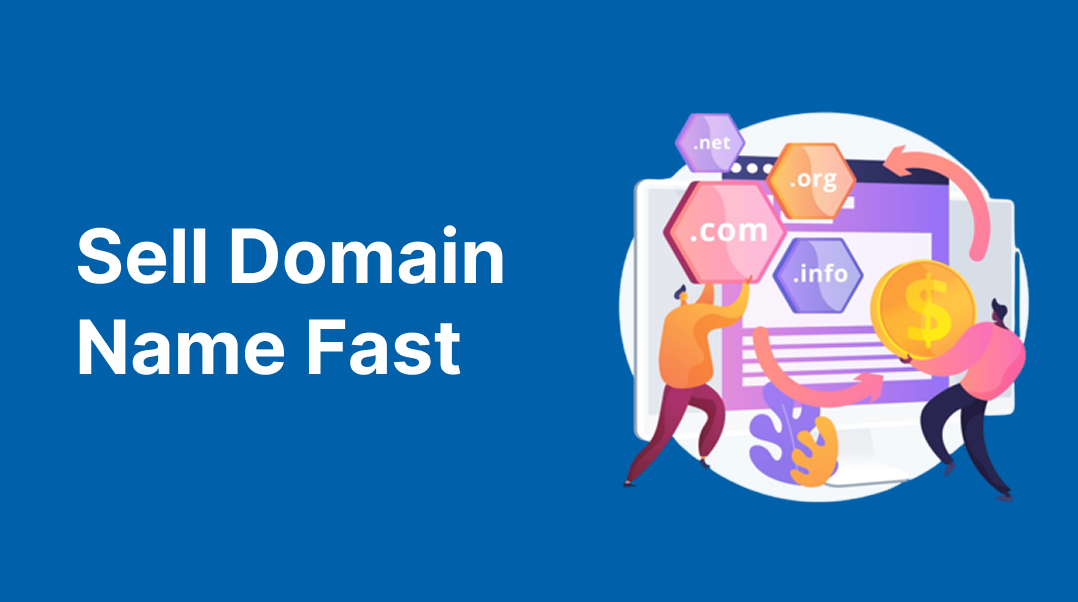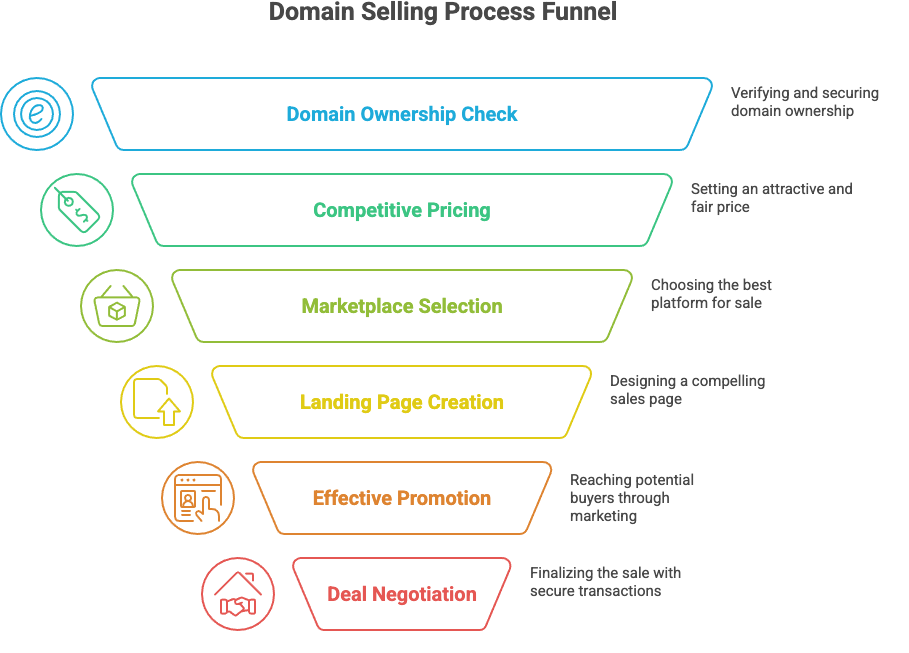Selling domains has never been easier than it is in 2025 — but choosing the right platform can make all the difference between a quick sale and a domain that sits unsold for months. With so many marketplaces, brokers, and tools available, it’s not always obvious where you’ll get the best results.
Some platforms offer massive exposure but charge steep commissions, while others give you complete control but require more effort. The key is finding the balance between reach, cost, and convenience that works for your goals.
In this guide, we’ll compare the best places to sell your domain in 2025, highlighting the pros, cons, and unique features of each. By the end, you’ll know exactly which option is right for you — whether you’re selling a single domain or managing a full portfolio.
Table of Contents
1. Sedo
Overview:
Sedo is one of the largest and oldest domain marketplaces, with millions of domains listed and buyers from all over the world. It offers both fixed-price listings and auctions, plus optional brokerage services if you’d like expert help closing a deal.
Pros:
- Huge international audience of domain buyers
- Flexible options: fixed price, make offer, or auction
- Brokerage service available for premium names
- Escrow included for secure transactions
Cons:
- Listing fees for some features
- Sales commissions can be high (15%–20%)
- Competitive — your domain may get lost among millions of others
Fees:
- Standard commission: 15% on marketplace sales
- 20% commission if sold through a broker or external promotion
- Additional fees for premium placement or featured listings
2. Afternic
Overview:
Owned by GoDaddy, Afternic is one of the most powerful domain marketplaces thanks to its Global Distribution Network (GDN). When you list a domain on Afternic, it becomes available for purchase through hundreds of partner registrars worldwide — meaning buyers can purchase your domain directly while searching for new names.
Pros:
- Massive exposure through the Global Distribution Network
- Seamless integration with GoDaddy and partner registrars
- Fast-transfer option for quicker sales
- Trusted platform backed by GoDaddy
Cons:
- Commissions are relatively high (typically 20%)
- Best suited for domains with standard extensions (.com, .net, .org)
- Less control compared to selling on your own site
Fees:
- 20% commission on sales
- No upfront listing fee, but premium placement costs extra
3. GoDaddy Auctions
Overview:
GoDaddy Auctions is one of the most recognized platforms for buying and selling domains, offering huge exposure thanks to GoDaddy’s massive customer base. Sellers can list domains for auction or set a “Buy Now” price to attract quick buyers.
Pros:
- Enormous visibility through GoDaddy’s user base
- Auction-style format can drive up prices if multiple bidders are interested
- Options for fixed-price or 7-day auctions
- Integrated with GoDaddy’s registrar for smooth transfers
Cons:
- Requires a paid membership ($4.99/year) just to list domains
- Highly competitive — many listings go unnoticed without promotion
- Commission fees reduce profit margins
Fees:
- $4.99 annual membership fee
- Commission: 15% of final sale price
4. Flippa
Overview:
Flippa is a well-known marketplace not just for domains, but also for full websites, apps, and digital businesses. Its auction-style format gives sellers the chance to attract multiple bidders, and it’s especially popular with entrepreneurs looking for revenue-generating assets.
Pros:
- Great for selling domains and websites together
- Auction format can create competitive bidding
- Large audience of entrepreneurs and small business buyers
- Transparent stats (traffic, revenue) can be shown if attached to a site
Cons:
- Listing fees apply to most auctions
- 10% success fee on sales
- Better suited for domains with development potential rather than just premium keywords
Fees:
- Listing fees start at $10–$15 per domain
- 10% success fee on the final sale price
5. Dan.com
Overview:
Dan.com has become one of the most popular domain marketplaces in recent years thanks to its simplicity. It focuses on creating clean, professional “for sale” landing pages for each domain, with built-in escrow services that make transactions secure and straightforward.
Pros:
- Simple, modern interface for buyers and sellers
- Built-in escrow for safe transactions
- Easy-to-use landing pages for each domain
- Supports flexible payment options, including installments
Cons:
- Commission fees apply to every sale
- Smaller audience compared to Sedo or Afternic
- Limited customization compared to hosting your own sales page
Fees:
- 9%–15% commission depending on the sale type
- No upfront listing fee
6. Domain Brokers
Overview:
Domain brokers are professionals who actively negotiate sales on your behalf, making them ideal for premium domains worth thousands or more. They use their networks and sales expertise to approach potential buyers directly and secure the best possible price.
Pros:
- Hands-off — the broker manages the entire process
- Can unlock high-value offers that you may not reach alone
- Experienced negotiators who know how to position premium names
- Useful if you’re selling one very strong, valuable domain
Cons:
- High commission fees (15%–30%)
- Not ideal for lower-value domains
- Success depends on the broker’s skill and connections
Fees:
- Typically 15%–30% of the sale price
- Some brokers may charge additional retainers or minimum fees
7. Your Own Website (Domain For Sale Plugin)
Overview:
Sometimes the best place to sell your domain isn’t a marketplace at all — it’s your own website. With the Domain For Sale WordPress Plugin, you can create customizable sales pages that showcase your domains professionally, capture offers, and manage everything inside WordPress.
Pros:
- Zero commission fees — you keep 100% of the sale price
- Full control over branding, design, and layout
- Built-in offer management dashboard
- SEO-friendly templates to attract organic buyers
Cons:
- Requires setup on your own hosting/WordPress site
- Doesn’t provide instant access to a built-in marketplace audience
Fees:
- Free version available
- Pro version unlocks advanced features and customization
Comparison Table
| Platform | Fees / Commission | Best For | Pros | Cons |
|---|---|---|---|---|
| Sedo | 15%–20% commission | Global exposure | Large audience, auctions, escrow | High fees, crowded marketplace |
| Afternic | 20% commission | Registrar network exposure | Global Distribution Network, GoDaddy | High fees, less control |
| GoDaddy Auctions | $4.99/yr + 15% commission | Auctions & quick sales | Huge exposure, trusted platform | Membership required, competitive |
| Flippa | $10+ listing + 10% fee | Domains + websites | Auction style, transparent stats | Listing fees, best for dev. names |
| Dan.com | 9%–15% commission | Simple landing pages | Built-in escrow, installment payments | Smaller audience, less control |
| Domain Brokers | 15%–30% commission | Premium domains | Hands-off, expert negotiators | High cost, depends on broker |
| Own Website (Domain For Sale Plugin) | Free / Pro options | Full control, brandable listings | Zero commission, customizable templates | Requires your own traffic |
FAQs About the Best Places to Sell Your Domain in 2025
-
What are the best places to sell your domain in 2025?
The best place depends on your domain and your goals. Marketplaces like Sedo and Afternic offer global exposure, while GoDaddy Auctions and Flippa are great for auctions. For full control and zero commission, selling through your own website with a plugin like Domain For Sale is often the smartest choice.
-
Do marketplaces charge fees for selling domains?
Yes. Most domain marketplaces charge between 9%–20% commission per sale. Some platforms like GoDaddy Auctions also require a yearly membership fee in addition to sales commissions.
-
Can I sell multiple domains at once?
Absolutely. Marketplaces allow portfolio listings, and some sellers bundle related domains to increase value. With the Domain For Sale plugin, you can also manage multiple listings directly from WordPress.
-
Should I use a broker for selling domains?
Brokers are ideal if you own a premium domain worth thousands or more. They handle outreach and negotiations on your behalf but usually charge higher commissions (15%–30%).
-
Is selling on your own website one of the best places to sell your domain?
Selling on your own website gives you total control and zero commissions. It’s the best option if you want to keep all profits and build professional listings with custom branding. The trade-off is that you’ll need to attract your own traffic.
Conclusion
There’s no one-size-fits-all answer when it comes to the best places to sell your domain — it depends on your goals.
- Use marketplaces like Sedo or Afternic for global exposure.
- Try auctions on GoDaddy or Flippa if you want competitive bidding.
- Work with brokers for ultra-premium names.
- Or take full control with your own website using the Domain For Sale plugin.
Each option comes with pros and cons, but one thing is clear: the better you present your domain, the higher your chances of attracting serious buyers.
💡 Want the fastest way to create professional domain listings without paying commissions?
Try the Domain For Sale Plugin Today
Effortlessly showcase your domains with customizable templates, built-in offer management, and SEO-ready landing pages. Choose the plan that fits your needs:
